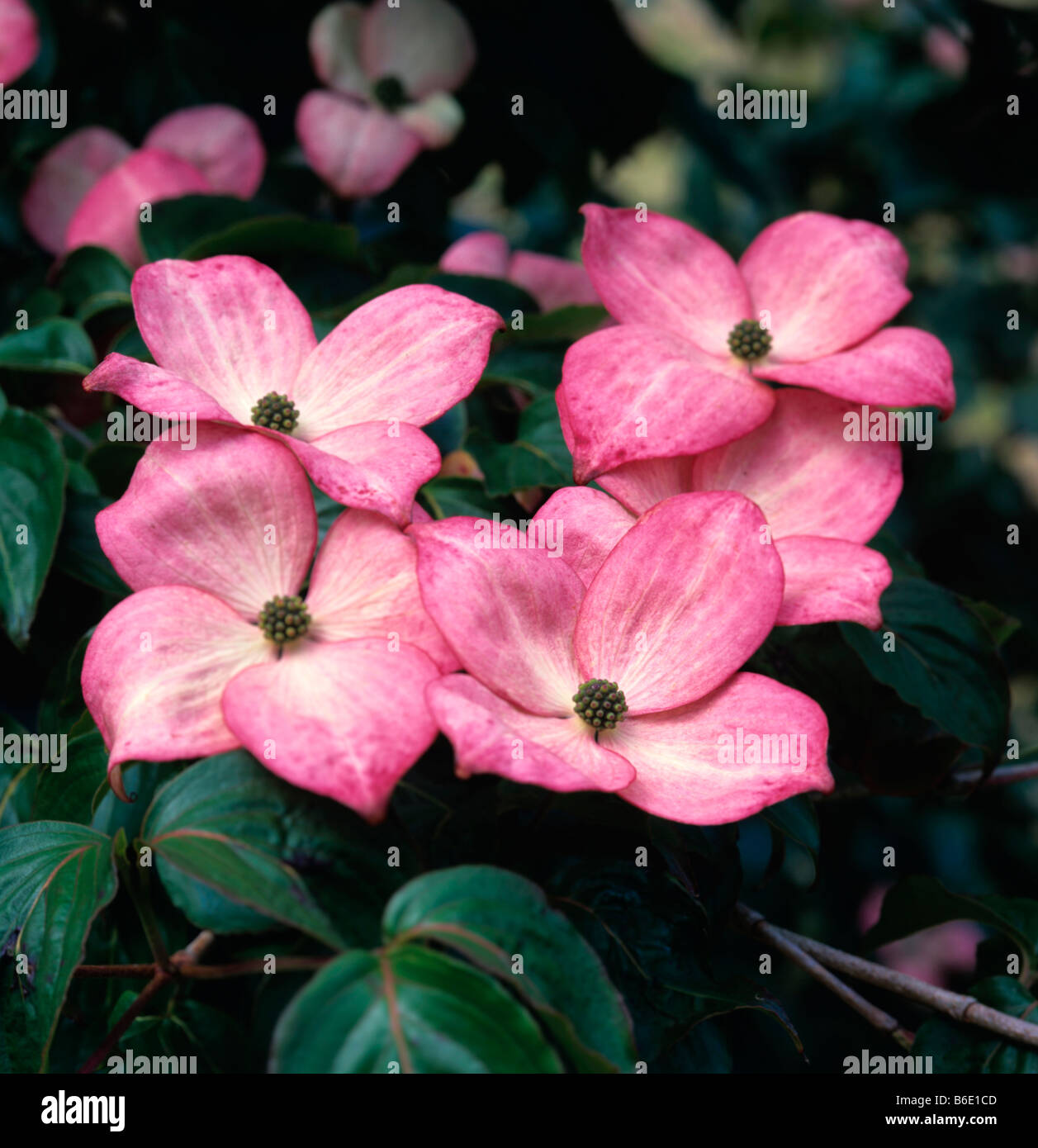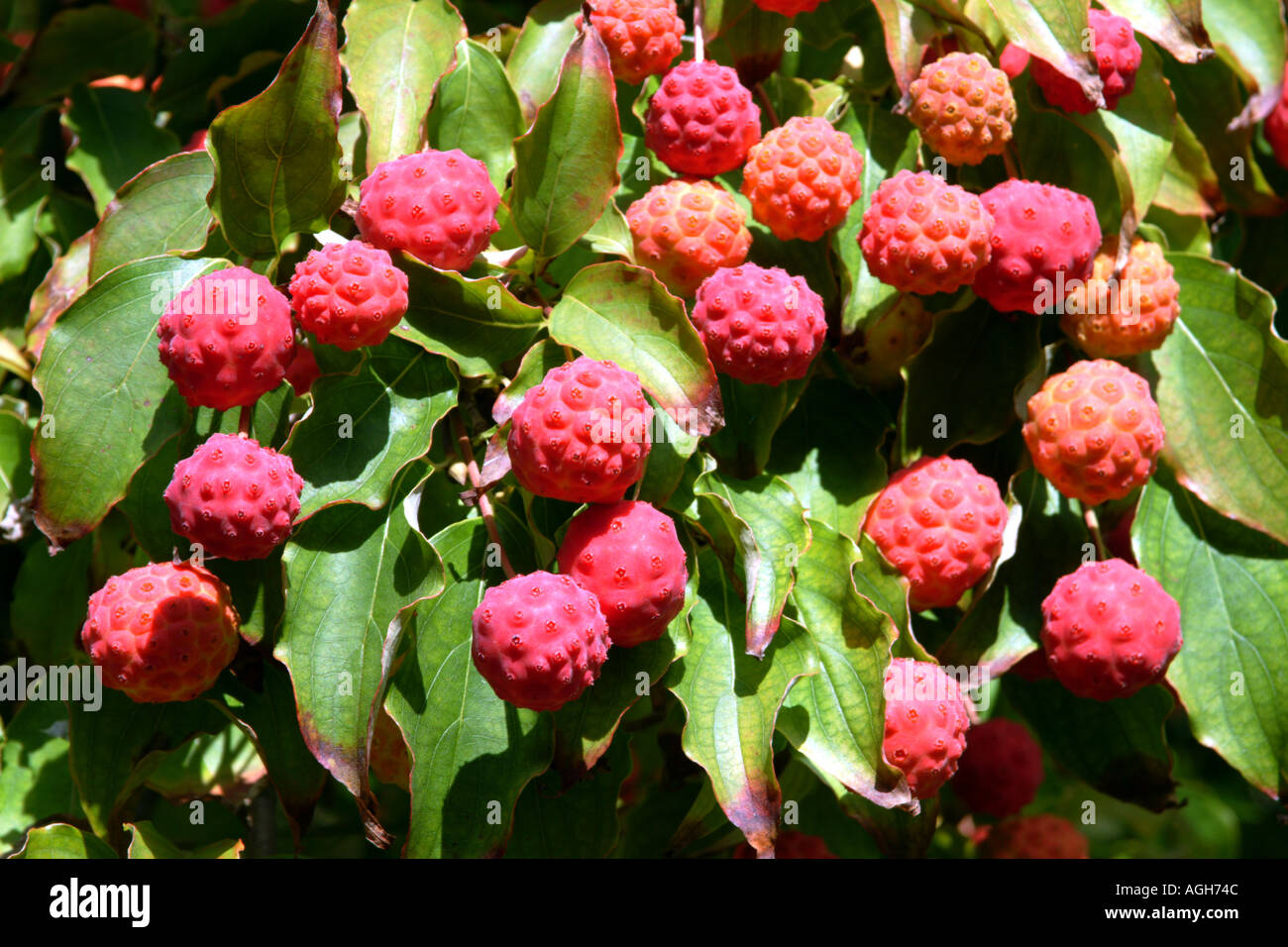
- #Cornus mas or cornus kousa frozen fruit for sale full
- #Cornus mas or cornus kousa frozen fruit for sale Pc
(1997) The Pacific Northwest Gardener’s Book of Lists. Vines: Clematis (Clematis chrysocoma), Honeysuckle (Lonicera spp.), Virginia creeper ( Parthenocissus quinquefolia)ĭrought tolerant: Bears breeches (Acanthus mollis), Anemone ( Anemone x lipsiensis) Camellia, Helleborus, Western columbine (Aquilegia Formosa) Trees: Dogwood (Cornus kousa or Cornus nuttalii), Vine maple (Acer circinatum), Japanese snowbell (Styrax japonica), Western yew (Taxus brevifolia) Shrubs: Variegated aucuba (Aucuba japonica), Skimmia, Camellias ( Camellia japonica or Camellia sasanqua), Fuchsia (Fuchsia hybrida), Lily of the valley shrub (Pieris japonica), Evergreen euonymus (e.g., Euonymus fortunei), Barberry (Berberis thunbergia ‘Aurea’, Winter daphne (Daphne odora), Oregon grape (Mahonia aquifolium), Euonymus japonica, Japanese holly (Ilex crenata) Perennials: Siberian bugloss (Brunnera macrophylla), Hardy cyclamen (Cyclamen spp.), Cranesbill (Geranium macrorrhizum), Lungwort (Pulmonaria spp.), Bishop’s hat (Epimedium spp.), Hellebore (Helleborus spp.), Coral bells (Heuchera spp.), Plantain lily (Hosta spp.),įerns (e.g., Polystichum: P. Groundcovers: Lady’s mantle (Alchemilla mollis), Bunchberry ( Cornus canadensis), Baby’s tears (Soleirolia soleirolii), Sweet woodruff ( Galium odoratum), Japanese spurge (Pachysandra terminalis)

planiscapus ‘Nigrescens’), Oriental fountain grass ( Pennisetum), Reed grass (Stipa brachytricha) Grasses: Sedges (Carex spp.), Japanese forest grass (Hakonechloa), Black mondo grass (Ophiopogon japonica O. hotensis), Begonia (Begonia spp.), Coleus (Coleus blumeii).

General ideas for plants that will thrive in shady areas – please check the variety to be sure it’s right for you.Īnnuals: English daisy ( Bellis perennis), Lobelia ( Lobelia erinus), Scarlet sage ( Salvia splendens), Pansy ( Viola tricolour var.
#Cornus mas or cornus kousa frozen fruit for sale full
The four general classes are: Light shade or partial shade receives 4-6 hours of sun, mostly in the morning Dappled or filtered shade is sunlight filtering through a canopy of trees Full shade refers to areas with 2 or less hours of sun a day Deep shade is an area that receives no direct sunlight. Once you are familiar with the level of sun, you can select the type of plant and variety that will work in your area. How much sun do I get? There are basically four classes to determine the amount of sun you get. There are also many resources to research and I’ve listed a few of them below. Here are a couple of ideas that touch on each of these questions.
#Cornus mas or cornus kousa frozen fruit for sale Pc
You can search this file using Control F on a PC or Command F on an Apple.įor direct answers to your gardening questions please e-mail your question to the Victoria Master Gardeners at 2022īefore planting your shade garden, there are a few things that you’ll need think about and to ask yourself: How much sun does the area get? Does the area get and/or hold water or is it very dry? Will I be watering and mulching? What size or types of plants do I want – groundcovers to trees, annuals or perennials? Do I want flowers or mostly foliage? Are there other conditions or interests, such as plants for pollinators? Check back on a regular basis to find new questions presented each month.

The following responses have been researched by members of the Victoria Master Gardener Association (VMGA). Some are quite unique while others more frequently posed. Actual questions with answers presented to Master Gardeners at clinics in our community covering a wide range of gardening topics.


 0 kommentar(er)
0 kommentar(er)
